BMW iX1 vs Renault Symbioz – Which car suits you better?
Both models have their strengths – but which one suits you more?
Compare performance, efficiency, price and space directly: BMW iX1 or Renault Symbioz?
Costs and Efficiency:
When it comes to price and running costs, the biggest differences usually appear. This is often where you see which car fits your budget better in the long run.
Renault Symbioz has a significantly advantage in terms of price – it starts at 24400 £, while the BMW iX1 costs 41800 £. That’s a price difference of around 17400 £.
Engine and Performance:
Power, torque and acceleration are the classic benchmarks for car enthusiasts – and here, some clear differences start to show.
When it comes to engine power, the BMW iX1 has a clearly edge – offering 313 HP compared to 158 HP. That’s roughly 155 HP more horsepower.
In acceleration from 0 to 100 km/h, the BMW iX1 is clearly quicker – completing the sprint in 5.60 s, while the Renault Symbioz takes 9.10 s. That’s about 3.50 s faster.
There’s no difference in top speed – both reach 180 km/h.
There’s also a difference in torque: BMW iX1 pulls significantly stronger with 494 Nm compared to 265 Nm. That’s about 229 Nm difference.
Space and Everyday Use:
Beyond pure performance, interior space and usability matter most in daily life. This is where you see which car is more practical and versatile.
Both vehicles offer seating for 5 people.
In curb weight, Renault Symbioz is convincingly lighter – 1359 kg compared to 1940 kg. The difference is around 581 kg.
In terms of boot space, the Renault Symbioz offers slightly more room – 576 L compared to 490 L. That’s a difference of about 86 L.
In maximum load capacity, the Renault Symbioz performs slightly better – up to 1682 L, which is about 187 L more than the BMW iX1.
When it comes to payload, BMW iX1 hardly perceptible takes the win – 495 kg compared to 459 kg. That’s a difference of about 36 kg.
Who wins the race?
The BMW iX1 proves to be dominates this comparison and therefore becomes our DriveDuel Champion!
BMW iX1 is the better all-rounder in this comparison.
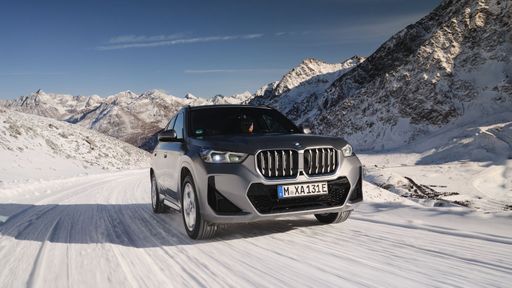 @ BMW Group Press
@ BMW Group Press
BMW iX1
BMW iX1
The BMW iX1 wraps BMW's electric ambition into a compact SUV package that feels unexpectedly premium, with sharp handling and a crisp, modern cabin that keeps the driver in charge. It's ideal for buyers who want a stylish, quiet daily driver with useful practicality and tech-savvy touches — plus enough character to make the commute feel less like a chore and more like a short joyride.
details @ BMW Group Press
@ BMW Group Press
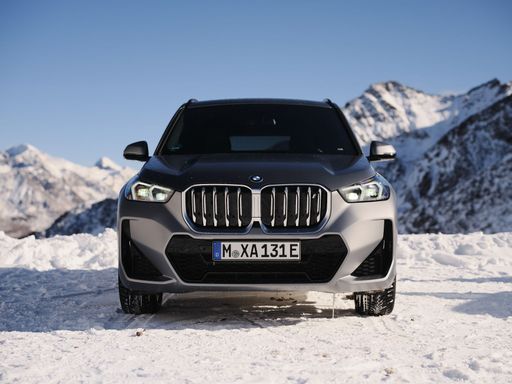 @ BMW Group Press
@ BMW Group Press
 @ BMW Group Press
@ BMW Group Press
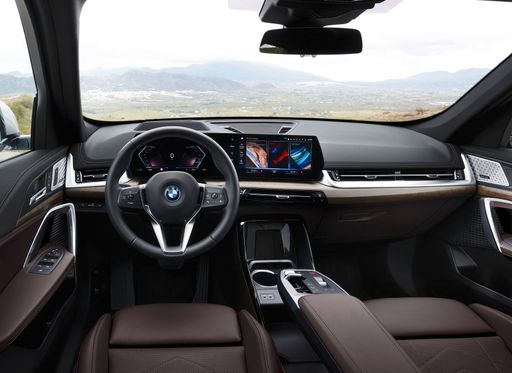 @ BMW Group Press
@ BMW Group Press
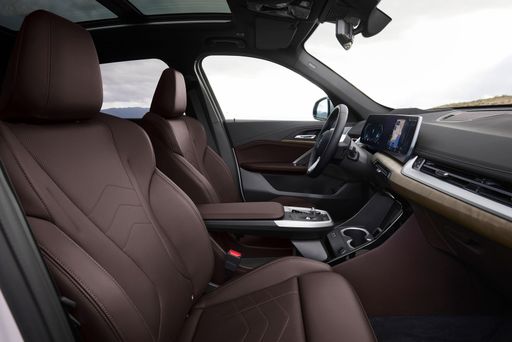 @ BMW Group Press
@ BMW Group Press
Renault Symbioz
The Renault Symbioz feels less like a traditional car and more like a rolling living room that's been told it's allowed to drive — its flowing lines and minimalist cabin are pure concept-car theatre that teases the future of everyday transport. For buyers with an eye for design and a taste for tech-forward ideas, the Symbioz is an alluring vision of what Renault could offer tomorrow, even if it's not yet a model you can park in your driveway.
details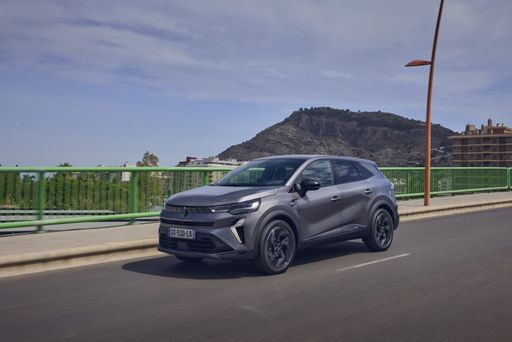 @ Renault Group Media
@ Renault Group Media
 @ Renault Group Media
@ Renault Group Media
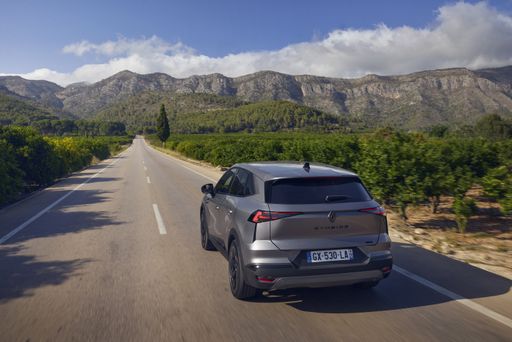 @ Renault Group Media
@ Renault Group Media
 @ BMW Group Press
@ BMW Group Press
|
 @ Renault Group Media
@ Renault Group Media
|
|
|
|
Costs and Consumption |
|
|---|---|
|
Price
41800 - 54600 £
|
Price
24400 - 30700 £
|
|
Consumption L/100km
-
|
Consumption L/100km
4.5 - 6 L
|
|
Consumption kWh/100km
15.8 - 17.1 kWh
|
Consumption kWh/100km
-
|
|
Electric Range
436 - 463 km
|
Electric Range
-
|
|
Battery Capacity
64.80 kWh
|
Battery Capacity
-
|
|
co2
0 g/km
|
co2
102 - 136 g/km
|
|
Fuel tank capacity
-
|
Fuel tank capacity
48 L
|
Dimensions and Body |
|
|---|---|
|
Body Type
SUV
|
Body Type
SUV
|
|
Seats
5
|
Seats
5
|
|
Doors
5
|
Doors
5
|
|
Curb weight
1940 - 2085 kg
|
Curb weight
1359 - 1544 kg
|
|
Trunk capacity
490 L
|
Trunk capacity
492 - 576 L
|
|
Length
4500 mm
|
Length
4413 mm
|
|
Width
1845 mm
|
Width
1797 mm
|
|
Height
1616 mm
|
Height
1575 mm
|
|
Max trunk capacity
1495 L
|
Max trunk capacity
1582 - 1682 L
|
|
Payload
495 kg
|
Payload
376 - 459 kg
|
Engine and Performance |
|
|---|---|
|
Engine Type
Electric
|
Engine Type
Full Hybrid, Petrol MHEV
|
|
Transmission
Automatic
|
Transmission
Automatic, Manuel
|
|
Transmission Detail
Reduction Gearbox
|
Transmission Detail
Automatic Gearbox, Manual Gearbox, Dual-Clutch Automatic
|
|
Drive Type
Front-Wheel Drive, All-Wheel Drive
|
Drive Type
Front-Wheel Drive
|
|
Power HP
204 - 313 HP
|
Power HP
140 - 158 HP
|
|
Acceleration 0-100km/h
5.6 - 8.6 s
|
Acceleration 0-100km/h
9.1 - 11 s
|
|
Max Speed
170 - 180 km/h
|
Max Speed
180 km/h
|
|
Torque
250 - 494 Nm
|
Torque
250 - 265 Nm
|
|
Number of Cylinders
-
|
Number of Cylinders
4
|
|
Power kW
150 - 230 kW
|
Power kW
103 - 116 kW
|
|
Engine capacity
-
|
Engine capacity
1332 - 1789 cm3
|
General |
|
|---|---|
|
Model Year
2022 - 2023
|
Model Year
2025
|
|
CO2 Efficiency Class
A
|
CO2 Efficiency Class
C, D, E
|
|
Brand
BMW
|
Brand
Renault
|
Is the BMW iX1 offered with different drivetrains?
The BMW iX1 is available as Front-Wheel Drive or All-Wheel Drive.
The prices and data displayed are estimates based on German list prices and may vary by country. This information is not legally binding.
